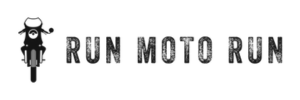Ducati Logo History
The Evolution of the Ducati Logo - History & Design
Ducati has a history that goes back to the early 20th century with the founding of Societá Scientifica Radio Brevetti for the production of radio components.
However, Ducati fans associate the name with their bikes that have been known for their power and innovative design—proven true since it first started manufacturing motorcycles in 1946.
Additionally, the entity has always tried to balance tradition and modernity when it comes to its branding—creating a unique identity through its logos.
Through the years, several logos have been used to advertise Ducati products—and similar to their motorcycles, they have gotten better and more refined over time.
We look at the evolution of the logos that Ducati has used throughout its history.
List of Services
-
1926 - 1935Item Link List Item 1
In 1926, the three Ducati brothers—Bruno Cavalieri Ducati, Marcello Cavalieri Ducati, and Adriano Cavalieri Ducati—founded Societá Scientifica Radio Brevetti. Its specialty was in the production of radio components.
The first Ducati logo adopted by the trio consisted of two intersecting letters "S" which were turned inward so only the area close to the tips touched.
The letters written in black were inside a white circle with a thin black border and stood over a lightning bolt—which was symbolic of electricity. The name 'RADIO BREVETTI DVCATI' appeared below the two letters and across the lightning bolt. In this design, the “U” in Ducati had been replaced by V, an indexical feature used during the fascist era.
-
1935 - 1949Item Link List Item 2
Ducati's production was initially limited to radio capacitors. However, as the devices became more sophisticated and precision mechanics grew in popularity, so did the demand for both products—and employment opportunities along with them. This expansion made it the Thirties' most significant industrial landmark and prompted a re-branding.
The owners changed the logo to the letters 'SSR' (Societá Scientifica Radio) within a white circle and the word 'Ducati' written in capital letters inside a rectangle and placed across the SSR writing.
In 1940, without a graphical regulation in place, the devices had a calligraphic logotype—a typical feature of that period.
-
1949 - 1957Item Link
During World War II in 1944, the factories were heavily damaged by Allied bombs. In 1946, production restarted with a motorcycle called "Cucciolo" ("little puppy")—the first bike ever manufactured by Ducati.
In 1949, the company embarked on a full-scale production of motorcycles. To create a recognizable brand identity for the company, its founders designed a logo that was placed on each tank to identify it as coming from Ducati.
This time, the logo didn't have a circle but focused instead on presenting the brand name—DUCATI in capital letters with black, white, and gray outlines.
-
1958 - 1959Item Link List Item 3
In 1956, the company was divided into two distinct operations: one was in the electronics business, and the other was devoted to motorcycles.
Afterward, the company stamped motorcycles with a modernized version of its badge: a circle made up of green laurel wreath on the left side and the letter “D” on the right with red and white outlines.
In its foreground were two wings, along with text indicating the name and location (Bologna) of the enterprise: DUCATI MECCANICA BOLOGNA.
-
1959 - 1966Item Link List Item 4
In the 1960s, with its winged theme still in use, the brand developed a new logo. It represented a stylized eagle clutching a banner reading 'MOTO DUCATI'.
The bird was not only a symbol of freedom for many motorcycle enthusiasts but also resonated strongly among Italian manufacturers.
-
1967 - 1977Item Link
In 1968, to respond appropriately to the movements of that moment—youth rebellion and "easy riders"—Ducati adopted a black-winged theme, a symbol that has been synonymous with the company's Scrambler motorcycles. This was a simpler, softer logo with the name 'Ducati' written in italics.
In this logotype, there was no adhesive on the tanks—instead, a metal plate was screwed onto the surface.
-
1977 - 1985Item Link
In 1975 Ducati requested that the designer Giorgetto Giugiaro analyze some racing motorcycle designs and come up with a new logo design.
The logo is composed of the name of the company written in regular font, which has black double parallel lines, and written in capital letters. It was used until 1985 when Cagiva purchased Ducati and redesigned its logo.
-
1985 to 1997Item Link
When Cagiva acquired Ducati in 1985, it changed the logo to conform with its image.
The logo first depicted an elephant above the sign 'Ducati' written in uppercase and Italic bold serifs—these conformed with Cagiva's style. In 1993 however, the small elephant disappeared from the logo because it was not considered an aesthetically pleasing composition.
-
1997 - 2009Item Link
When the TPG conglomerate purchased Ducati in 1998, they replaced the previous logo with a design by Massimo Vignelli.
The logotype uses capital letters written in red and the font Univers Italic and is flanked by a circular graphic made up of two stylized "Ds".
Due to a misunderstanding of its simplified "D" logo, Ducati enthusiasts dubbed it the 'Chicco di caffé' (Italian for "coffee bean").
-
2009 - PresentItem Link
In 2008, Performance Motorcycles SpA purchased the brand from TPG and gave it a new logo designed by Landor of Milano (a marketing agency) in 2009. The logo captures the exhilaration and passion that Ducati motorcycles can instill in their riders.
The designers kept the typeface, but changed the shape of the logo to a red triangular shield with curved edges and added a white stripe across its middle section. The name 'Ducati' is also written in white and in capital letters.
The red color on the emblem represents the Italian racing color while the white stripe represents a winding road—symbolizing the love of sports and high-speed travel.
-
2009 - PresentItem Link
The contemporary Ducati logo looks like a red-colored inverted triangle (or a water drop) with smooth rounded corners. In the middle of an emblem, we can see the Ducati inscription and curve line, which reminds us that the motorcycles of this brand were created for speed.
-
2009 - PresentItem Link
Ducati is a modern symbol made in a red triangular shape, inside of which we can see a trace of the white band. It resembles us that motorcycles of this brand were designed for speed.
-
2009 - PresentItem Link
The contemporary Ducati logo resembles a shield painted in red tone. Its primary meaning is a victory, and the color is considered to be the main in the Italian autosport and motorsports.
-
2009 - PresentItem Link
As in 1998, also the logotype for the racing section was changed.
Check out the History of Ducati and our curated Ducati Apparel and Gear.

